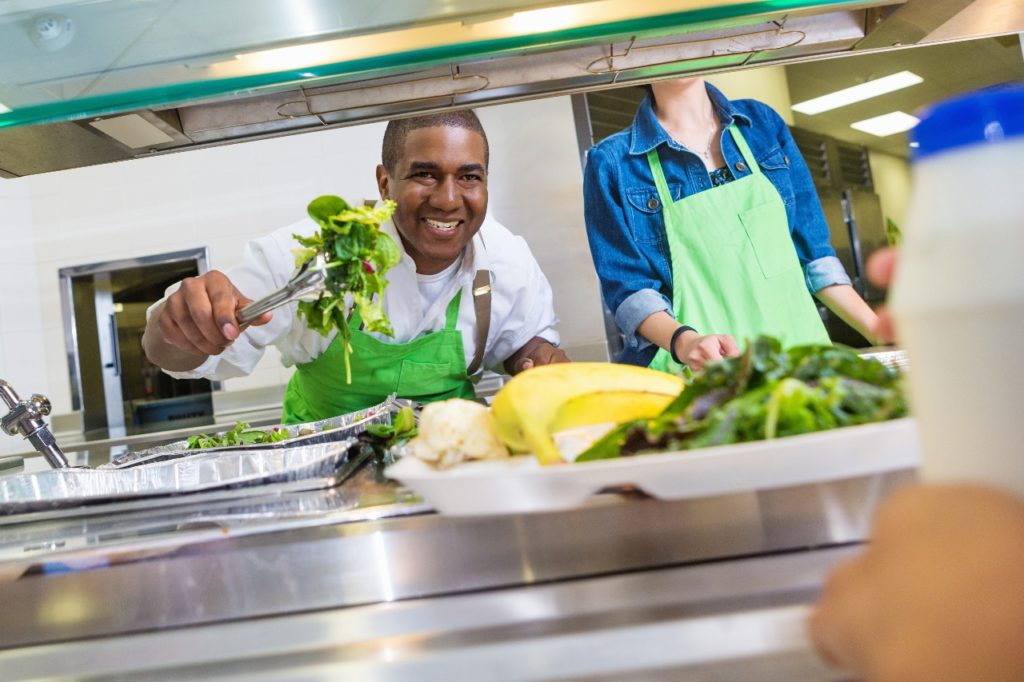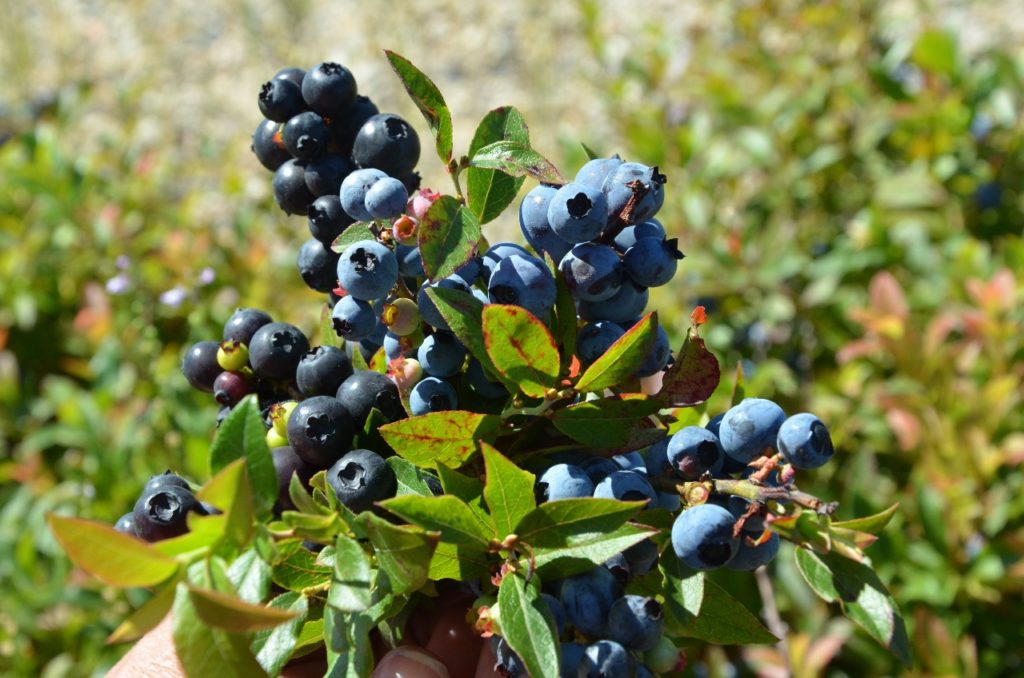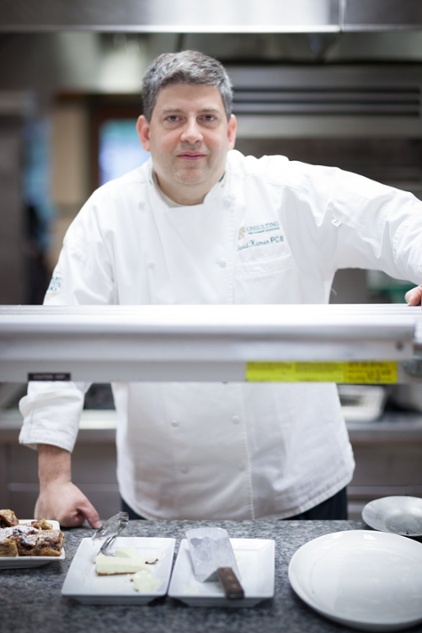How Do Food Manufacturers Get to Clean Labels?
Editorial consulting by the Culinary Institute of America
There’s no doubt that the public is seeking greater and faster transparency about their food. In the college and university segment, where tomorrow’s consumers are learning about food today, you will see an increased level of ingredient disclosure of menu items. Many campus dining offices are now using apps to provide nutrition information, allergen information, and ingredient listings for all prepared foods that are served. This is a major paradigm shift in how food information is shared with consumers. As these students graduate and become consumers, there will be even greater demand for this kind of information in restaurants, corporate dining rooms, and retail establishments.

Clean label product development and innovation is a growing practice area for CIA Consulting too. While there is still no formal definition from the government, consumers don’t seem to mind creating their own. That’s how hot the topic has become.
Three Clean-Label Criteria
Marketers and manufacturers tend to agree that the public is looking for foods that meet three criteria:
- additive-free
- minimally processed
- containing recognizable ingredients
Even foods with natural or organic ingredients can fail to pass all three tests.
Shopping for clean labels is harder than you think. Try bringing home a box of organic mac and cheese. Many of the options on the shelf contain organic sodium phosphate, organic annatto seed extract, organic corn starch, and organic yeast extract. Sure, all of these things are organic but do you recognize them and want them in your mac and cheese? As a chef, I prefer to make my own (as any good chef should in the first place).

Clean Product Innovation is on the Rise
Recently at the CIA, we worked with a commercial manufacturer trying to make a clean label line of sauces that included only stock, vegetables, and roux for thickening. Their biggest challenge was finding good quality clean label tomato paste to use as an ingredient in their sauces. Another project involved a dried cranberry producer wanting to make fruit and nut blends with its product. A big guardrail on that project was the exclusive use of clean label products (no sulfites, phosphates, HFCs, etc). Not an easy task, because many dried fruits are treated with these additives to keep them tender once dried.
[blog_cta post_id=”16167″]
Wild Blueberries – the Perfect Clean Label Ingredient
Clean label extends beyond sustainability, wellness, and localism. If anything, it has come to represent an intersection of all three, and the fewer ingredients the better. In frozen, dried, or pureed form, Wild Blueberries are as clean as it gets.

Few ingredients can lend to flavor and nutritional boost all by themselves. Wild Blueberries convey piquancy, sweetness, texture, and nutrient density in everything from barbecue sauce to granola bars while reducing reliance on other ingredients. As a wild-harvested ingredient, Wild Blueberries also convey a sense of place and terroir, stemming from their hardy upbringing on the desolate glacial barrens of Maine and eastern Canada.
Pretty good for such a tiny package.
About the Author
Chef David Kamen, PCIII, MBA

Project Manager, CIA Consulting
Chef David Kamen has enjoyed a diverse career in the culinary world. He served as executive chef of St. Andrew’s Café, one of five award-winning public restaurants on the Culinary Institute of America Hyde Park campus. He’s also been professor of culinary arts at CIA, where he taught everything from culinary skills development, to seafood and meat identification and fabrication, to breakfast cookery. Today, Chef Kamen is a project manager for CIA Consulting, where he is responsible for planning and managing custom projects for professional foodservice operations. A certified hospitality educator, Kamen earned dual certification from the CIA and the American Culinary Federation as a ProChef Level III (PCIII) and Certified Executive Chef (CEC). He also holds a B.A. and M.A. in Business Administration from Empire State College.

